George Washington Carver
George Washington Carver was born in 1860 in Diamond Grove, Missouri, and in spite of earlier issues, would advance to become one of the most commemorated and highly regarded scientists in United States history. His significant discoveries and methods allowed farmers throughout the South and Midwest to become successful and profitable.
George was born sickly child of two slaves and would continue to be frail for most of his years as a child. One night a band of raiders assaulted his family and stole George and his mother. Days afterwards, George was found unscathed by neighbors and was traded back to his owners in exchange for a racehorse. Because of his frailty, George was not suited for hard work in the fields, However he did possess a remarkable interest in plants and was extremely eager to learn more about them.
His master dispatched him to Neosho, Missouri for an early education and he managed to graduate from Minneapolis High School in Kansas. He eventually sent an application to Highland University in Kansas and ended up being accepted and also provided a scholarship. With pride, George journeyed to the school to accept the scholarship, but upon meeting him, the school president asked ‚ “why didn’t you tell me you were a Negro?” and immediately withdrew the scholarship offer and the acceptance.
In 1887, Carver was accepted by Simpson College in Indianola, Iowa where he turned out to be well respected for his artistic talent (later on his artwork would be included in the magnificent World’s Columbian Exposition Art Exhibit). Carver’s interests, nevertheless, lay much more in science and he transferred from Simpson to Iowa Agricultural College (which is now known as Iowa State University). He distinguished himself so much that upon graduating he was offered a position on the school’s faculty, the first African American afforded the honor. Carver was allowed great independence in working in agriculture and botany in the University’s greenhouses. In 1895, Carver co-authored a series of papers on the prevention of and treatments for fungus diseases impacting cherry plants.
In 1896 he obtained his master’s degree in agriculture and in 1897 discovered two fungus that would be named after him. At this point, the most critical moment of his life occurred – he was summoned by Booker T. Washington to teach at Tuskegee Normal and Industrial Institute. He was designated director of agriculture and rapidly set out to fully correct its wretched condition. He was given a twenty acre cheap piece of land, and along with his students, planted peas on it. Like all legumes, the peas had nitrogen-fixing bacteria on their roots which obtained nitrogen from the air and transformed it into nitrates which then labored to fertilize the soil. The depleted soil shortly became rich and fertile, so much in fact that he was able to grow five hundred pounds of natural cotton on each acre of land upon which he worked.
Carver soon advised nearby farmers about his methods of improving the soil and showed them how to rotate their crops to promote a better quality of soil. Most of the staple crops of the south (tobacco and cotton) took nutrients from the soil, but these nutrients could be brought back to the soil by planting legumes. Thus, in order to improve the soil, Carver directed the farmers to grow peanuts, which could be harvested easily and given to animals. The farmers were thrilled with the great quality of cotton and tobacco they grew afterwards but quickly became upset because the amount of peanuts they harvested had been too abundant and began to rot in overflowing warehouses. Within a seven days, Carver had experimented with and developed dozens of uses for the peanut, such as milk and cheese. In later years he would come up with more than three hundred products that could be created from the lowly peanut, including ink, facial cream, shampoo and soap.
All of the sudden, the same farmers who cursed him now found that a new market had sprung up that could make use of their excess peanuts. Next, Carver looked at ways of utilizing the sweet potato and was able to create more than one hundred and fifteen products from it including flour, starch and synthetic rubber (the United States Army employed many of his products and solutions during World War I).
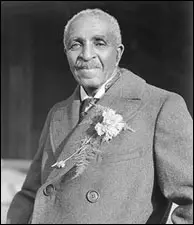 He was elected a Fellow of the Royal Society of Arts, Manufacturers and Commerce of Britain in 1916, was awarded the Spingarn Medal from the National Association for the Advancement of Colored People in 1923, and in 1939 was awarded the Theodore Roosevelt Medal for “distinguished research in agricultural chemistry.” He was appointed to various boards and committees by the United States Department of Agriculture and was named Man of the Year in 1940 by the International Federation of Architects, Engineers, Chemists and Technicians. Last, but not least, he was awarded Honorary Doctor of Science degrees from Simpson College as well as the University of Rochester.
He was elected a Fellow of the Royal Society of Arts, Manufacturers and Commerce of Britain in 1916, was awarded the Spingarn Medal from the National Association for the Advancement of Colored People in 1923, and in 1939 was awarded the Theodore Roosevelt Medal for “distinguished research in agricultural chemistry.” He was appointed to various boards and committees by the United States Department of Agriculture and was named Man of the Year in 1940 by the International Federation of Architects, Engineers, Chemists and Technicians. Last, but not least, he was awarded Honorary Doctor of Science degrees from Simpson College as well as the University of Rochester.
In 1943, he took a bad fall down a flight of stairs and was found unconscious by a housekeeper. He was hospitalized but died on January 5, 1943, at the age of 78 . He was buried next to Booker T. Washington at Tuskegee University.
On his grave was written, He could have added fortune to fame, but caring for neither, he found happiness and honor in being helpful to the world.
History has remembered George Washington Carver as a pioneer in agricultural science and lauded for his dignity and humility and is remembered as a Great Black Hero.
Search for more info about George Washington Carver


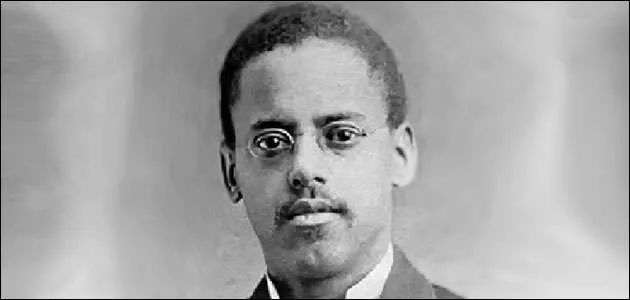
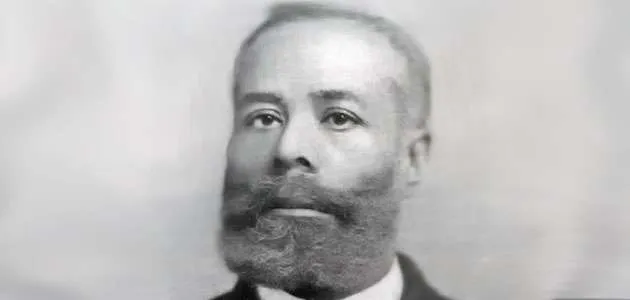
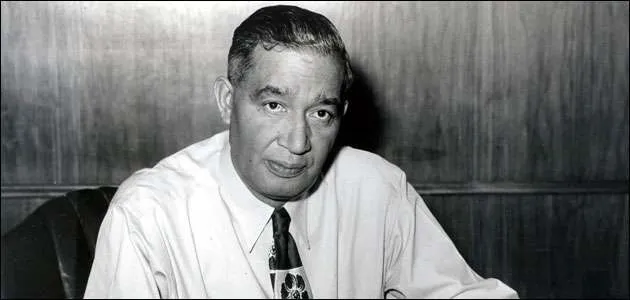
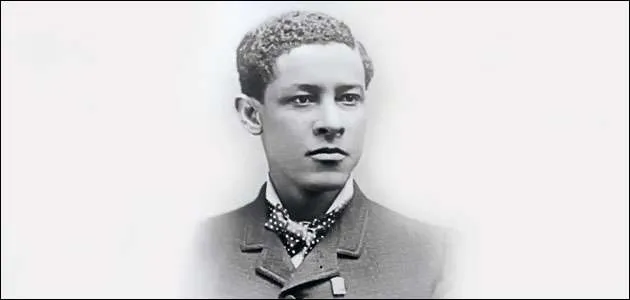
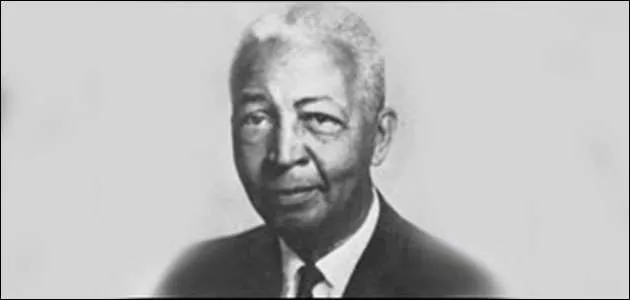
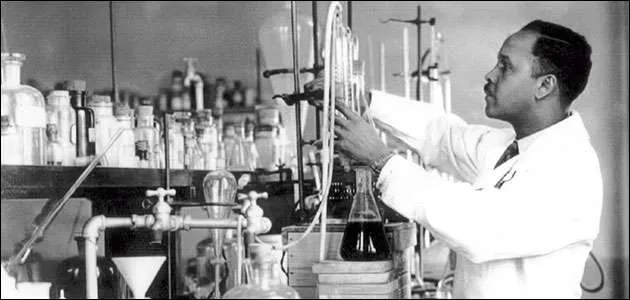
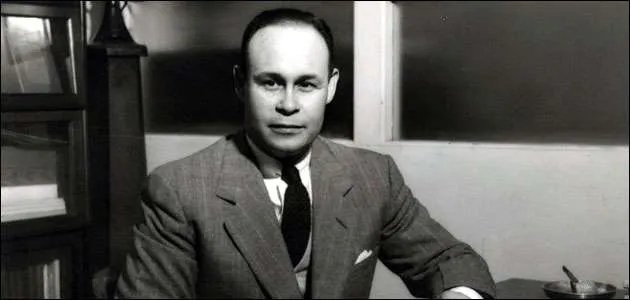
 Like Us on Facebook
Like Us on Facebook Tweet Us on Twitter
Tweet Us on Twitter Watch Us on YouTube
Watch Us on YouTube Pin Us on Pinterest
Pin Us on Pinterest Link to Us on LinkedIn
Link to Us on LinkedIn Adscape International, LLC
Adscape International, LLC PO Box 173 Brandywine, MD 20613
PO Box 173 Brandywine, MD 20613 240-244-9660
240-244-9660

Leave a Reply
Want to join the discussion?Feel free to contribute!